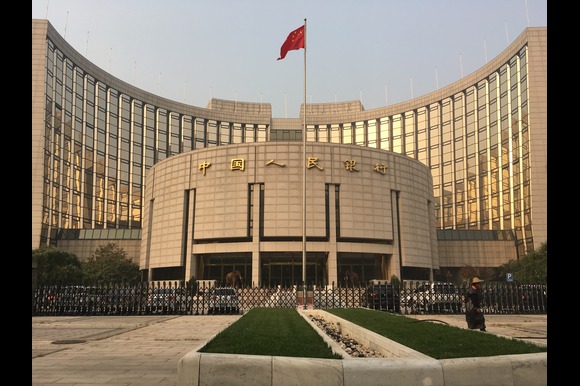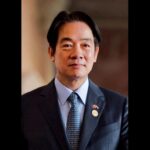On Friday, China’s central bank announced plans to reduce banks’ reserve requirement ratios and interest rates at an “appropriate time,” while also enhancing the resilience of its foreign exchange market. This information was shared during a quarterly meeting of the monetary policy committee.
The People’s Bank of China (PBOC) committee recommended an increase in monetary policy adjustments and controls, aiming to make monetary policy more proactive, targeted, and effective, as stated in the bank’s quarterly meeting report held on Tuesday.
These comments echoed those made earlier this month by PBOC Governor Pan Gongsheng, following modest economic growth observed in the first two months of the year, attributed to government policy support. However, the tariff increases imposed by U.S. President Donald Trump may pose additional challenges for policymakers in the upcoming months.
According to the PBOC statement, “China’s economy is generally stable, making progress while maintaining stability… Nevertheless, it continues to encounter difficulties and challenges, including weak domestic demand and various hidden risks.”
The bank emphasized its commitment to maintaining ample liquidity and reducing social financing costs. It also stated, “Actions that disrupt the order of the foreign exchange market will be firmly addressed, and the bank will work to prevent risks associated with currency overshooting,” while ensuring the yuan remains reasonably stable.
Furthermore, the bank plans to explore the development of new structural monetary policy tools to support investments in technological innovation, boost consumption, and stabilize foreign trade.
In March, China maintained its benchmark lending rates for the fifth consecutive month, aligning with market expectations. Analysts suggest that the pressure to stabilize the yuan has lessened, and while short-term economic stabilization indicates that a loosening of monetary policy is not urgently needed at this time, expectations for such measures persist.






